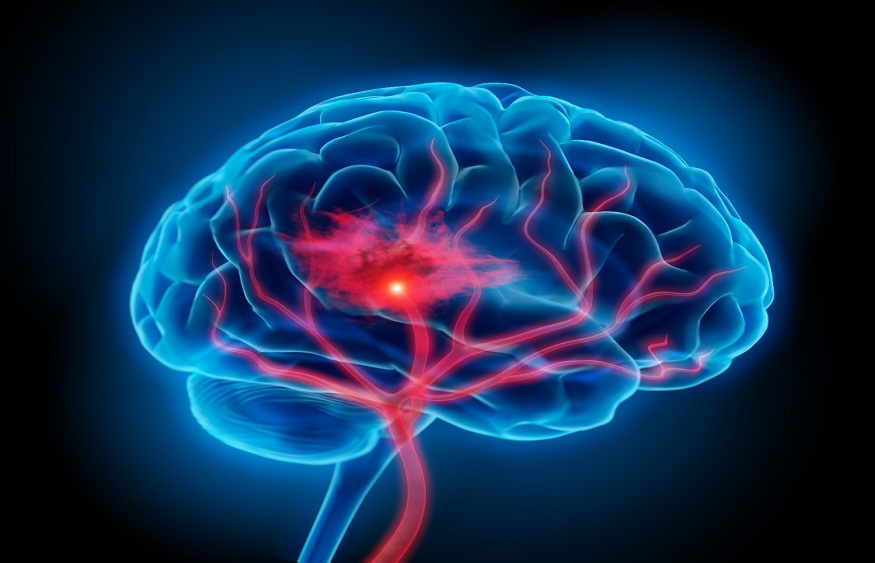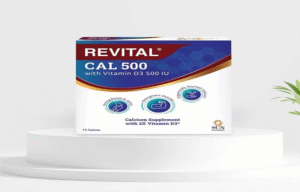Radiology And Its Role In Stroke Detection

Radiology plays a key role in stroke detection. It’s akin to a detective, piecing together clues to paint a clear picture. Through a process similar to how artists at artery and vein care colorado observe different shades to create lovely paintings, radiologists scrutinize medical images. They spot changes in the brain that indicate a stroke. This detective work aids doctors in making swift, informed decisions to treat patients. In this blog, we delve deeper into the invaluable role of radiology in stroke detection.
The Art of Radiology
Radiology, like art, requires a keen eye for detail. Just as an artist would use different brushes and colors to bring their vision to life, radiologists use different imaging techniques to reveal the state of our health. These techniques include CT scans, MRI scans, and other diagnostic tests that provide detailed images of the brain.
Spotting Stroke
When it comes to stroke, time is brain. This means that the quicker the stroke is detected, the faster treatment can begin and the more brain tissue can be saved. And that’s where radiology shines. A stroke causes visible changes in the brain which radiology can detect. This helps doctors make a quick diagnosis and start treatment as soon as possible.
Comparing Imaging Techniques
| Imaging Technique | Use in Stroke Detection |
| CT Scan | Can quickly visualize the brain and show large strokes. It’s often the first test done. |
| MRI Scan | Provides a more detailed image of the brain. It can detect smaller strokes or strokes in the back of the brain. |
Radiology Improves Treatment
Radiology not only helps in detecting strokes but also aids in treatment. Certain treatments can only be given if the stroke is caused by a blood clot. A CT scan or an MRI can show whether the stroke is due to a clot or bleeding in the brain. This information is crucial in deciding the right treatment for the patient.
Conclusion
In the battle against stroke, radiology is a powerful ally. It helps doctors see inside our brains and take the right course of action at the right time. It’s not just about detecting strokes, it’s about improving outcomes and saving lives. And isn’t that what health care is all about?






